| Copyright 2009. Any questions please contact the webmaster at emau@emaucats.com |
 |
|
Egyptian Mau Breed Council
|
|
Study on Feline Urate Urolithiasis
A study on feline urate urolithiasis, or urate stones, was recently conducted by veterinary scientists at the Ontario Veterinary College at the University of Guelph. It has been brought to our attention that, among other things, the data revealed “The Egyptian Mau, Birman and Siamese breeds were significantly predisposed to urate urolithiasis.” The cause of urate uroliths in cats is not well understood, so the Egyptian Mau Breed Council has been asked to participate in a comprehensive study on urate uroliths in cats in the hopes of identifying a genetic link and potentially finding a cure for this condition. The study is being headed by Dr. Leslie Lyons at The University of Missouri. We are being asked to send in DNA samples of any cats (not just Egyptian Maus) who have been diagnosed with urate stones in the past. Participation in this study is greatly encouraged, as the implications for feline health could be tremendous. Instructions for Taking Blood Samples - ideally Dr. Lyons is looking for a trio - sire, dam and affected offspring. Instructions for Taking Buccal Samples - cheek swabs This Sample Identification Form is designed for all cats that might participate in the study. For that reason, the column requesting information on Color/Ear Type/ Fur Type/ Tail Type information will need to indicate a straight Ear Type, short and straight Fur Type, and regular Tail Type unless a sample from another breed is being submitted. For your convenience, we have filled in those items on these forms that will customize to the Egyptian Mau breed. You may read more about the urate uroliths in this article by Dr. Jodi Westropp of the G.V Ling Stone Analysis Laboratory. Dr. Westropp is also working on this study, and her lab has offered to generously analyze any future stones taken from affected cats. NOTE - Getting the DNA samples from as many cats as possible is the priority. Any optional information is welcomed. OPTIONAL (Include in package, mail separately or email) The scientists involved in this study are also requesting the following information, as available: 1. Confirmation of the stone via analysis. 2. The age the cat had a stone removed and if the cat was intact or spayed/neutered at the time. If multiple events occurred, indicate how many times the cat had a urate. 3. Blood work with particular emphasis on liver enzymes and liver function. 4. Any other problems documented in cat, particularly those related to liver disorders (ie, small liver on ultrasound). 5. Pedigree with any other affected cats clearly indicated.
We are excited to be able to participate in this study that holds so much promise in improving feline health. Please contact the current breed council secretary if you have any questions.
LINKS Articles http://www.ncbi.nlm.nih.gov/pmc/articles/PMC2857427/ http://www.vetmed.ucdavis.edu/usal/local-assets/pdfs/urate.pdf Forms Instruction form - Blood Instruction form - Cheek Print both and mail along with any of the optional material that you can provide to Leslie A. Lyons, PhD All submissions will be anonymous For questions please contact Melanie Morgan or Dr. Lyons
|
|
|